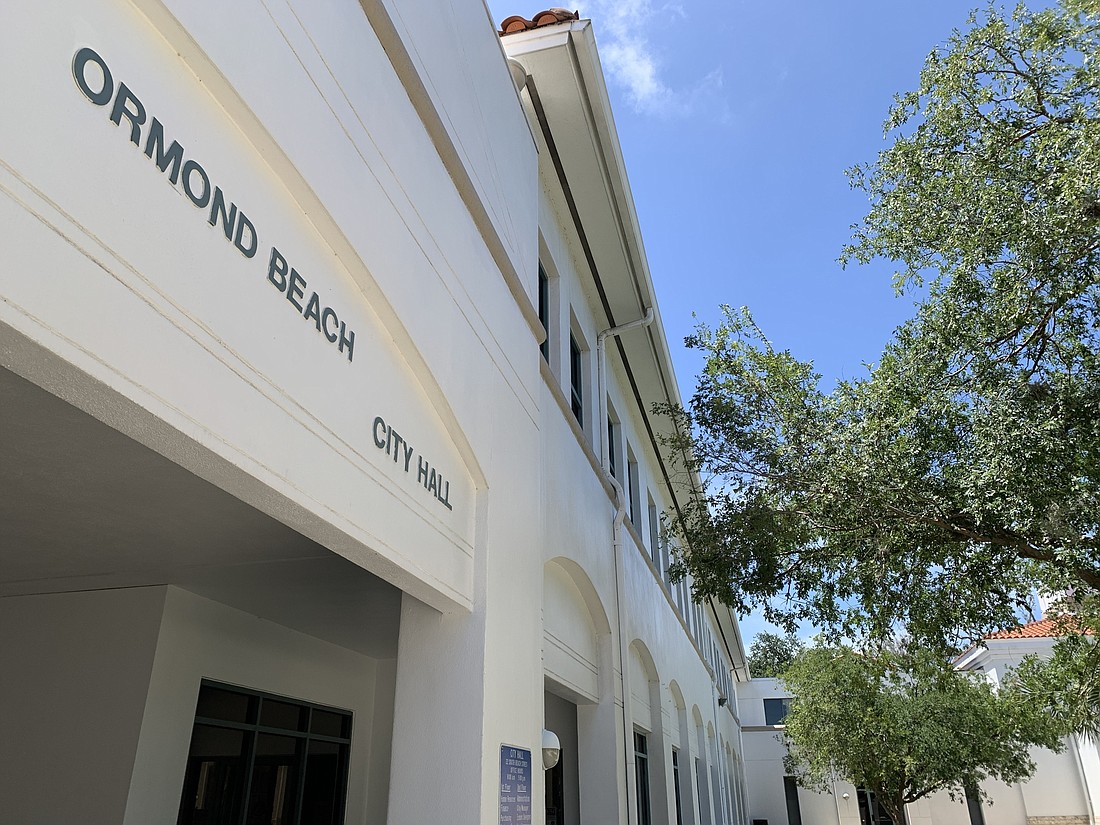- December 13, 2025

Ormond Beach is looking to significantly increase its impact fees in the near future.
For some land uses, such as single-family residential, road impact fees could increase by over 400%. In other uses, like fast-food restaurants and convenience stores, road impact fees could be as high as over $25,000 per 1,000 square feet — a fee increase that some commissioners found concerning.
Ormond Beach voters know growth doesn't pay for itself, said Commissioner Troy Kent at their meeting on Wednesday, Sept. 7, where they were given an overview of proposed impact fee increases. They know impact fees aren't enough.
"That being said, this increase for fast food restaurants is outrageous at 1,000 square feet ," Kent said. "... Convenience store (impact fees)? Outrageous. So if you're late to the party, and you're a fast food restaurant or convenience store, you're going to get hammered."
The proposed impact fee increases were calculated by Raftelis Financial Consultants in a $99,000 study that examined the city's impact fees for water, wastewater, parks and recreations, stormwater and local roads. The discussion during the meeting was the first step in an update process that will stretch through 2023 and will include future public input.
According to a city memo, Ormond Beach has assessed impact fees for water and sewer since 1974. An impact fee for recreational facilities was added in 1987, and an impact fee ordinance was adopted in 1990, and later amended in 1996. In 2010, a mobility fee replaced concurrency and road impact fees were imposed on certain state roads in the Transportation Concurrency Exception Areas.
Per the study by Raftelis, the city last updated its municipal services impact fees — which include parks and recreation, stormwater, local roads and mobility fees — in 1996, though it has indexed rates annually.
Usually, state statutes require proposed increases be capped at 50% and be phased in over a four year period, but the city of Ormond Beach is looking at pursuing the "extraordinary circumstance" provisions in the statutes that allow for fees to be increases at one time and without a cap. These provisions include having a study that justifies the need for such increases, holding at least two publicly-noticed workshops and an impact fee increase ordinance approved by at least a two-thirds vote.
Based on the study's findings and recommendations, the commissioners agreed to pursue:
When it came to the local road and mobility impact fees, commissioners were largely in favor of increasing them to the recommended amounts and doing it all at once, but some commissioners had reservations.
Under the proposed increases, Commissioner Dwight Selby calculated that the Walmart in Ormond, which spans about 200,000 square feet, if built with these fees in mind, would pay about $500,000 in impact fees. A 4,000-square-foot convenience store would pay about $100,000.
"It's rare that I generate a trip to go to a convenience store," Selby said. "It's on the way, versus Walmart, where if that's my destination, I'm leaving my house to go to Walmart. ... I think there needs to be a lot of looking at these fees and what's reasonable."
Selby praised one recommendation from the study: The creation of a western service area for water and wastewater, which could result in different connection fees for new growth in that area compared to the rest of the city, though a connection fee analysis would need to be completed. This may help mitigate impacts from Avalon Park Daytona.
"We're going to be wholesaling our services, our water and sewer service to them," Selby said. "They're not retail customers, they're not even our residents. So I think that's a brilliant way to attack it, and I think it will make it a lot simpler and a lot easier to track the expenses and the costs associated with the capital expenditures."